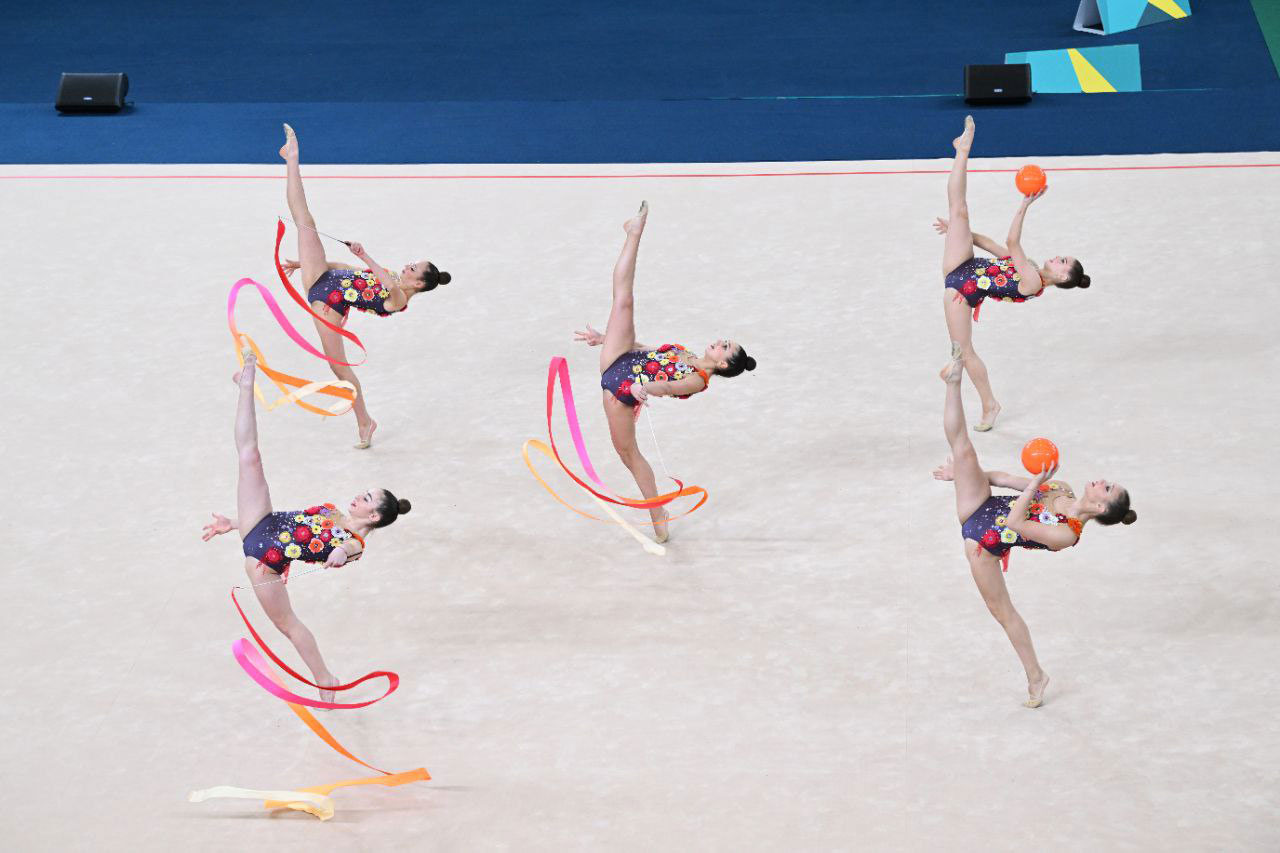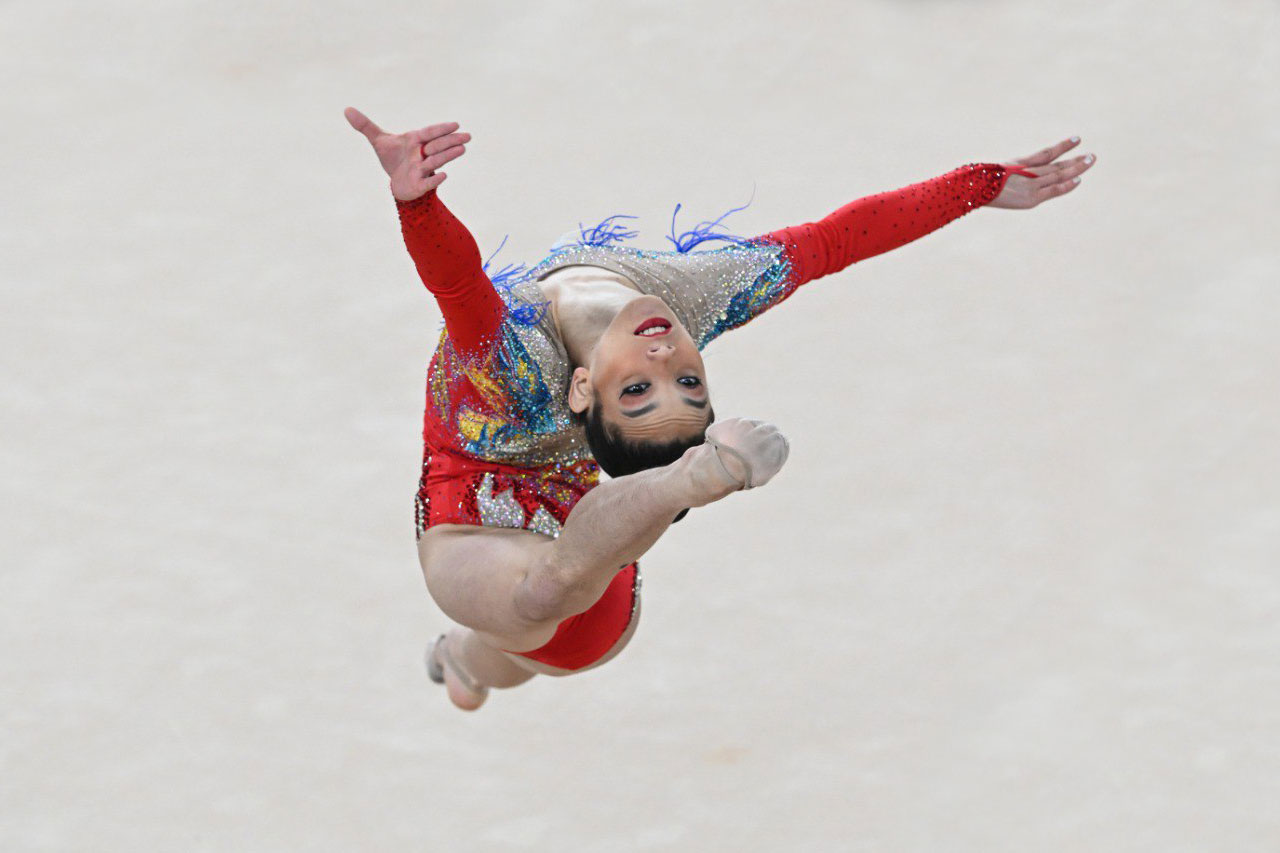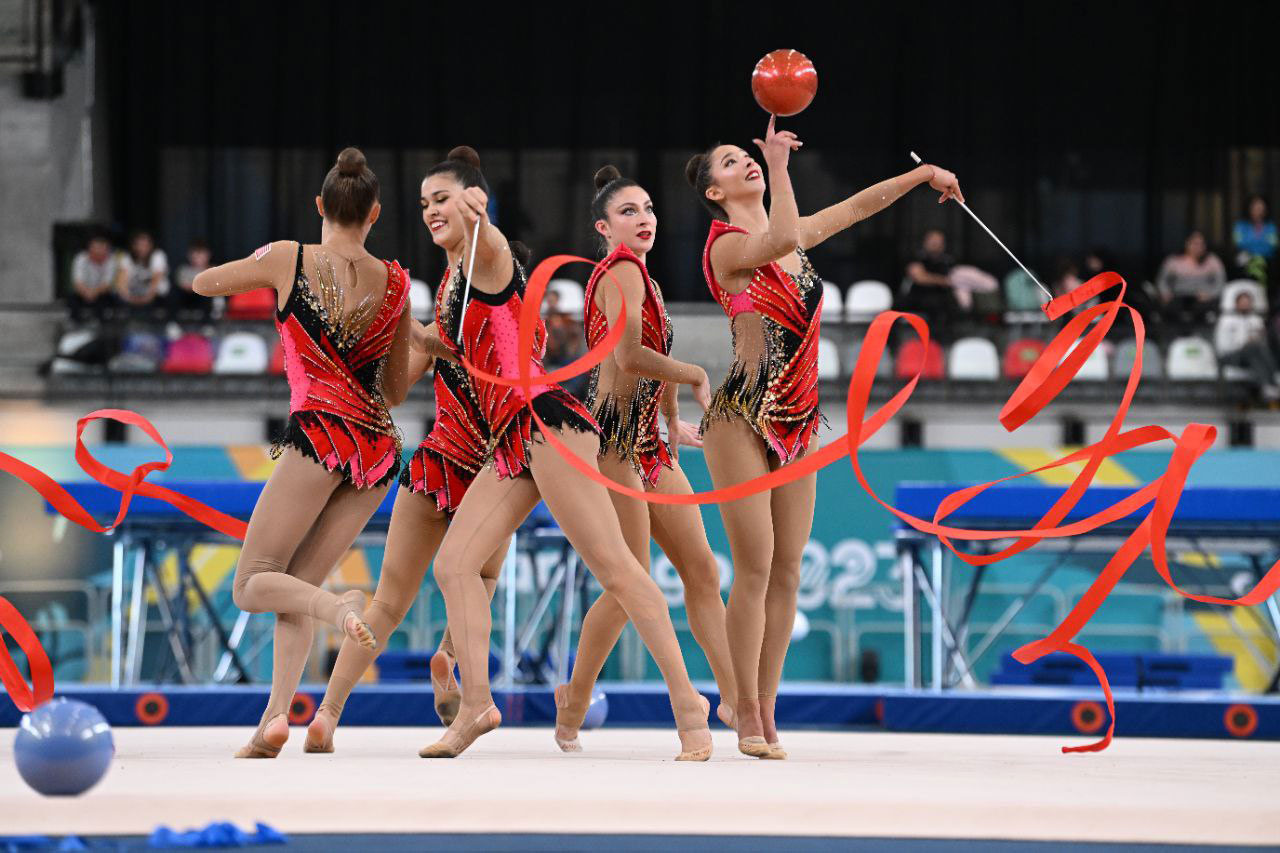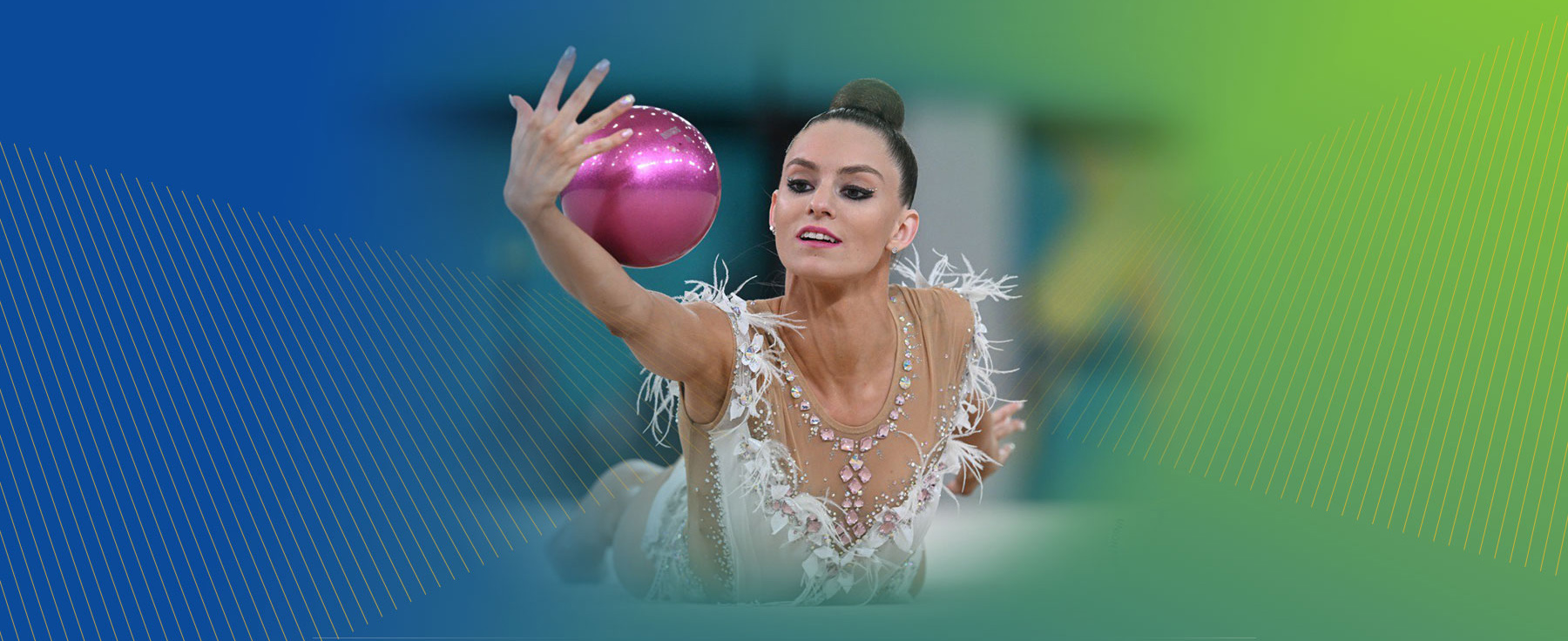
Age groups used at UPAG
Rhythmic Gymnastics Events

General requirements for Rhythmic Gymnastics routines

Apparatus in Rhythmic Gymnastics

Evaluation of routines

Composition of the panel of judges
Core competencies of UPAG


